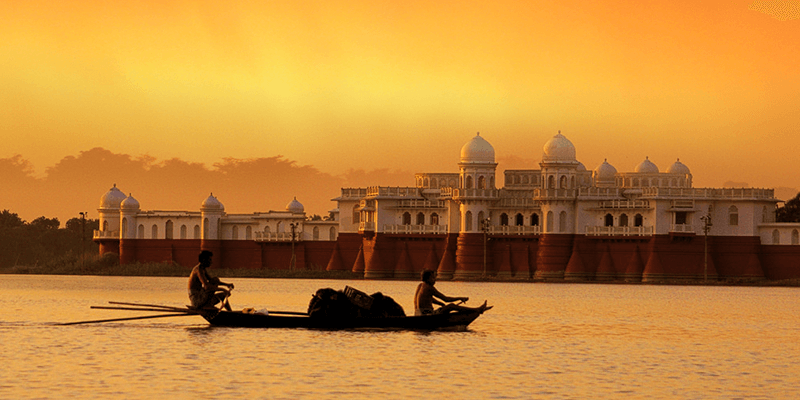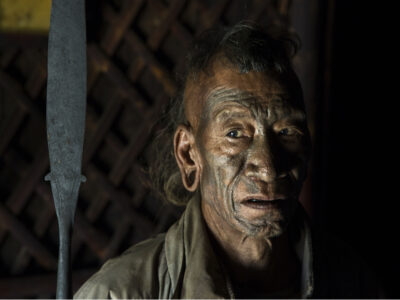Sports & nature

Unakoti
Unakoti or Unokoti – the word itself has an aura of grandeur in it. Unakoti literally means “one less than a crore”. That is a huge number! Legend has it that the hills of Unakoti had one 99,99,999 rock-cut images of Gods and Goddesses. Located on one of the parts of the thick forested Jampui Hills, Unakoti with its giant bas-relief structures is perhaps one of the most stunning heritage sites in South Asia.
Unakoti is located about 178km from Agartala, the capital of Tripura. This Shaiva pilgrimage is not something that you will find in India. The grandeur of Unakoti is surely going to take you in. who made these huge structures? Why were they made and when were they made? These questions will surely pop up. But a proper chronicle of Unakoti is still shrouded in mystery. Archaeologists assume that these stone bas-reliefs were made between 7th to 13th centuries. Infact they even claim that the sculptures belong to two different periods.
But where history and records fail, legends and folklore take the upper hand. Unakoti in Tripura has its share of legends.
Bas-relief or low relief structures are a type of sculpture where the image is projected at a shallow depth. This technique was used in the art of ancient Egypt and other eastern cultures. Unakoti in Tripura is the example of one of the largest bas-relief structures in India.

Agartala
Agartala is the capital as well as the largest city of Tripura, and also is the second largest city in the North East after Guwahati (in Assam), both in area and population (522,613 in 2015). It sits right on the India- Bangladesh international border, which is just 2 km from the city centre.

Udaipur
There are many places in the northeast that simply blow your mind away with their beauty, exotic settings, and splendor. One such little-known, yet historically rich, tourist destination is the town of Udaipur in Tripura. Once a seat of power and learning during the royal reign in Tripura; Udaipur is now a confluence of cultural and modern insights. Formerly known as Ranghamati (during the reign of the Manikya dynasty), Udaipur now reminisces its glorious past through its revered temples and beautiful lakes. You may call Udaipur the “City of Lakes” or the “City of Temples”, whichever way you look at it. Udaipur is a great destination for the explorers who want to beat the usual tourist trails.
Tripura Sundari Temple (also called Matabari Temple) is one of the foremost Tripura tourist places. This temple is among the 51 revered Hindu shakti peeths. The initial structure for the temple was constructed about 500 years ago by Maharaj Dhanya Manikya Dev. As the legend has it, the foot of Sati’s human body fell at the site of this temple, after she was dissembled by Lord Vishnu. Today, the temple has become a pilgrimage site and thousands of devotees congregate here to seek blessings from the goddess. Diwali is celebrated at this temple with much fanfare, when the Goddess Kali is worshipped. There is a huge fair organized on the eastern side of the temple, on the shores of Kalyan Lake. While paying their reverence to the goddess Tripura Sundari (a form of goddess Durga), devotees need to take a plunge in the Kalyan Lake and they also have to feed the teeming population of tortoises in the lake. The inner shrine of the Tripura Sundari temple resembles the hump of a tortoise.

Neer-Mahal
Now, this breathtaking structure has to be the most beautiful Tripura tourism attraction. As the name suggests, Neer Mahal has an integral association with water. It is in fact built in the middle of the Rudrasagar Lake. This summer palace was constructed by Maharaja Bir Bikram Kishore in 1939. Being situated on water, Neer Mahal offered the royal family some reprieve from the humidity during those summer days. The architecture of this summer palace is a blend of Hindu and Mughal architecture. The palace has 24 rooms with two huge wings and two grand staircases. The palace is divided into the Andar Mahal (where the royal family would reside) and an open-air theatre (meant for cultural shows that would entertain the royal family). Neer Mahal can be reached only through a boat ride. Standing tall in the glistening waters of Rudrasagar Lake, this white structure is a sight to behold!






 The streets of Agartala come alive and abuzz at night. The bars and restaurants are open late into the night serving sumptuous Bengali meals both in vegetarian and non-vegetarian pallets. Also get a taste of the authentic Bengali sweets in the bazzar of Agartala.
The streets of Agartala come alive and abuzz at night. The bars and restaurants are open late into the night serving sumptuous Bengali meals both in vegetarian and non-vegetarian pallets. Also get a taste of the authentic Bengali sweets in the bazzar of Agartala.

